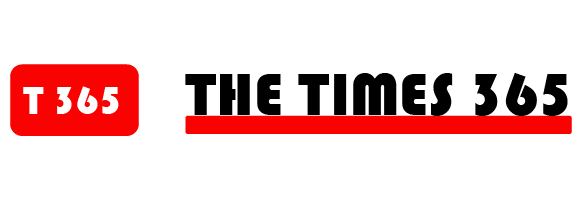- Elon Musk wants to turn Tesla into a robotaxi empire after unveiling the Cybercab.
- He must first overcome regulatory challenges facing Tesla’s Full Self-Driving technology.
- Regulators opened an investigation into FSD last week after reports of crashes in low-visibility areas.
Elon Musk has grand plans to turn Tesla into a robotaxi empire — but first, he has to face a regulatory headache over the company’s Full Self-Driving tech.
The National Highway Traffic Safety Administration opened a probe into Tesla’s Full Self-Driving (FSD) system last week after reports of four crashes — including one in which the regulator said a pedestrian was “fatally struck” — involving Teslas with the driving assistance feature engaged.
The regulator said the probe would investigate how well FSD coped with “reduced roadway visibility conditions” such as “sun glare, fog, or airborne dust.”
It came just a week after Elon Musk took the stage at a glitzy event on the Warner Bros lot in Los Angeles to unveil Tesla’s robotaxi.
Amid a party atmosphere and drinks served by Tesla’s Optimus humanoid robot, attendees could take a spin in the company’s two-seater “Cybercab.”
Musk said the futuristic electric car, which had no steering wheel or pedals, would be in production before 2027 and that Tesla would have unsupervised fully autonomous Model 3 and Y vehicles on the road in California and Texas next year.
Away from the bright lights of Hollywood, the NHTSA probe provided a fresh setback for Tesla.
Even as it sets out plans to build a network of ride-hailing robotaxis, Tesla’s existing assisted driving systems face numerous challenges.
Tesla was forced to recall more than two million cars in December 2023 over concerns that its Autopilot tech, which is less advanced than FSD, was not doing enough to prevent misuse.
A software update addressed the issue, but the NHTSA subsequently launched another investigation in April after finding that crashes continued to happen.
The automaker is also facing a Department of Justice probe into FSD and Autopilot, which reportedly focuses on Tesla and Musk’s promotion of their driver-assist software.
Tesla has also faced numerous lawsuits over Autopilot and FSD, some of which it has won or settled. The company says both systems “require active driver supervision and do not make the vehicle autonomous.”
“What Tesla has right now is a driver assistance system, not an automated driving system,” Matthew Wansley, a professor at Yeshiva University’s Cardozo School of Law who specializes in autonomous driving technology, adding that the company’s software is behind that of Google-backed Waymo.
Wansley told Business Insider that the NHTSA’s latest probe was examining whether FSD can adequately detect approaching objects in low-visibility.
Unlike rivals like Waymo that use a mix of lidar and other sensors, Tesla has taken a camera-only approach to Full Self-Driving.
Wansley said FSD would need a “significant increase” in functionality if Tesla was to build an automated driving system that could both compete with Waymo and satisfy regulators in states such as California. “I think Tesla has a long road ahead of it.”
Questions over robotaxi rollout
The robotaxi will have extra regulatory challenges.
Phil Koopman, a professor at Carnegie Mellon University and an expert in autonomous vehicle safety, previously told Business Insider that manufacturing and selling a vehicle without a steering wheel would likely require permission from the federal government — a lengthy and difficult process with no guarantee of success.
He warned that Tesla would face an arduous state-by-state approval process to get its robotaxi network off the ground. The company has yet to acquire a key permit that would allow it to test and deploy autonomous vehicles without a driver in California.
Experts have also said that Musk’s ambitious plans to allow people to rent out a fleet of vehicles as a ride-hailing business could see Tesla owners hit with high insurance costs.
Other companies also building autonomous vehicles have run into their own regulatory roadblocks.
Waymo, the Google-run robotaxi company positioning itself as one of Tesla’s biggest rivals, has issued two recalls this year after collisions, and competitor Cruise was banned from operating in California in 2023 after one of its vehicles dragged a pedestrian 20 feet down the road.
Tesla did not respond to a request for comment from Business Insider.







